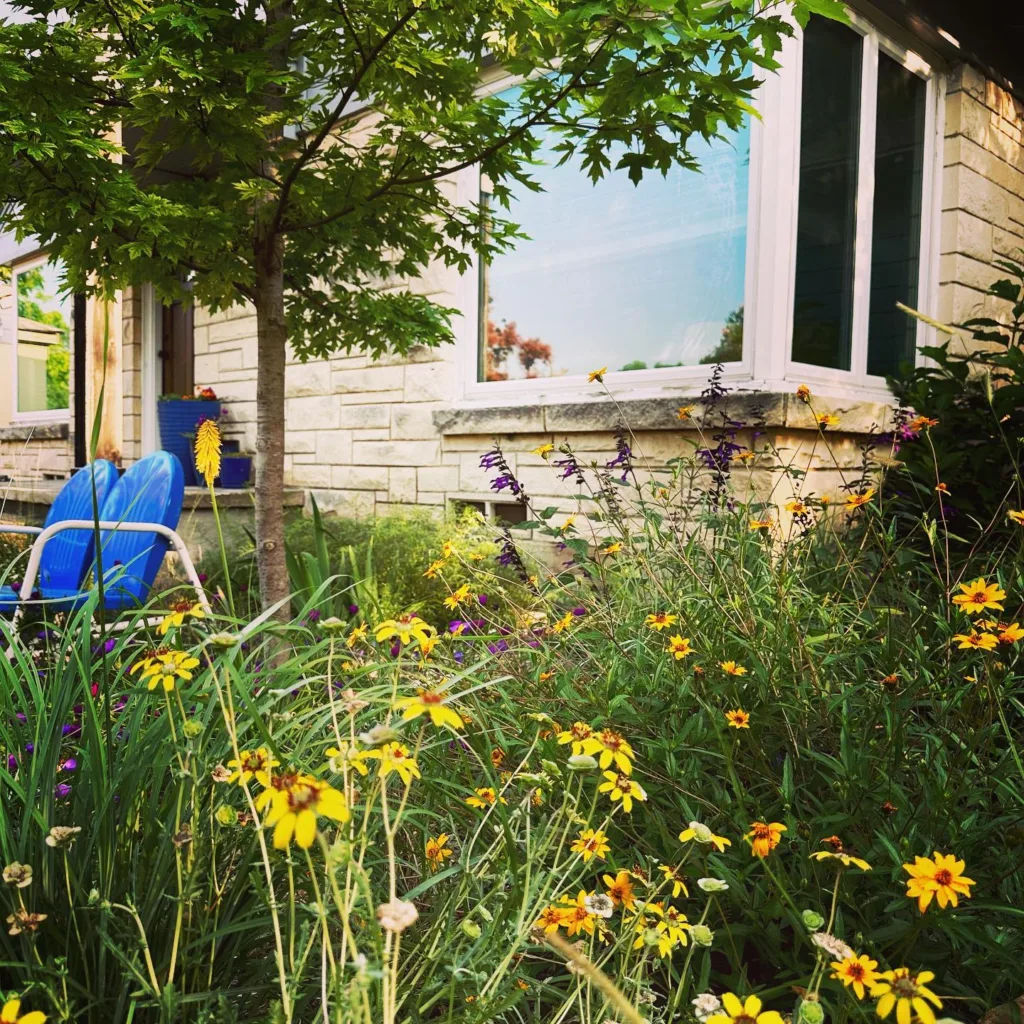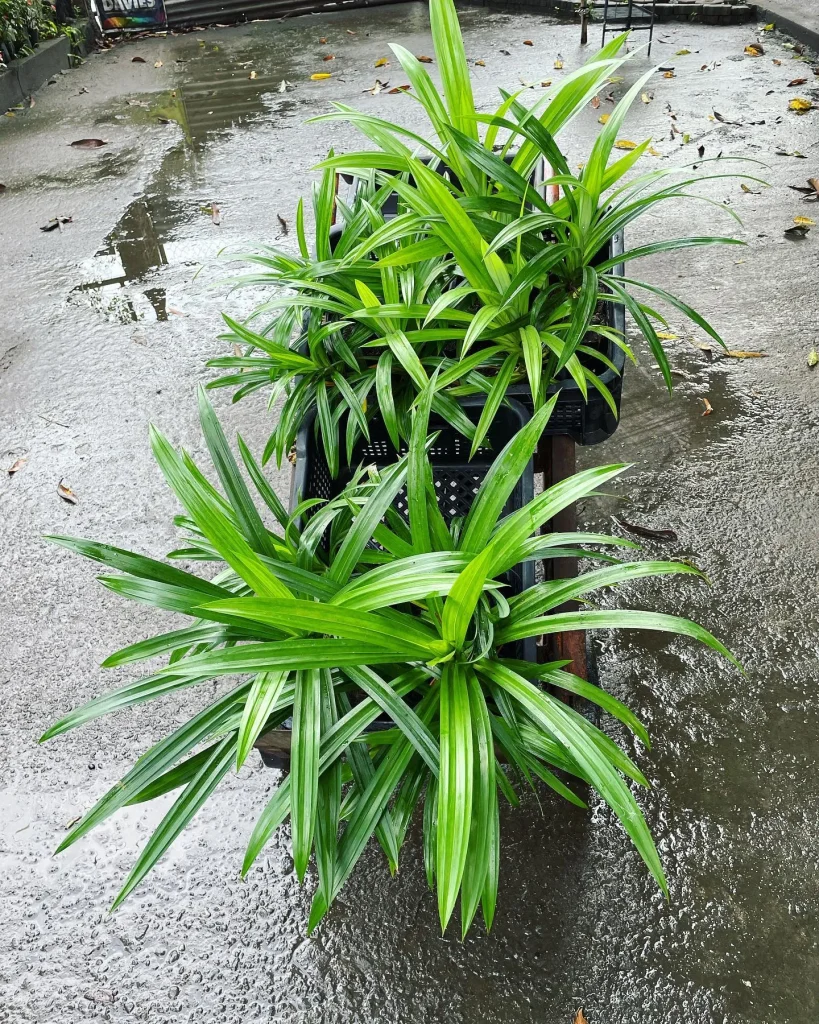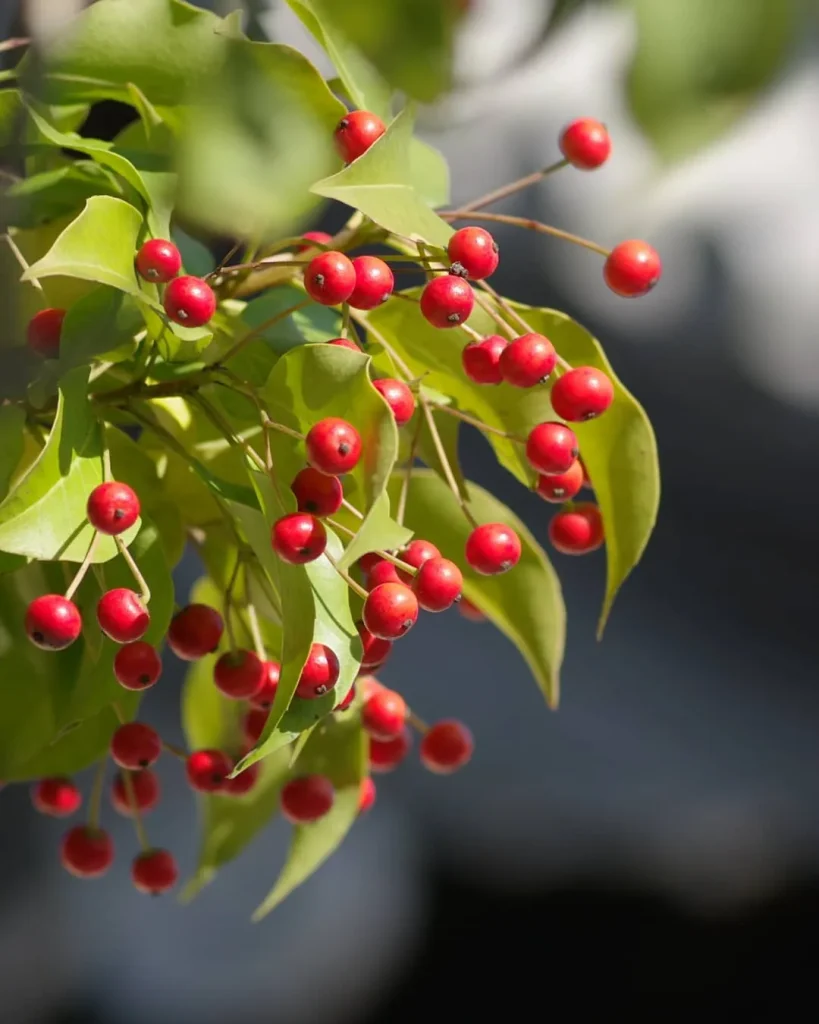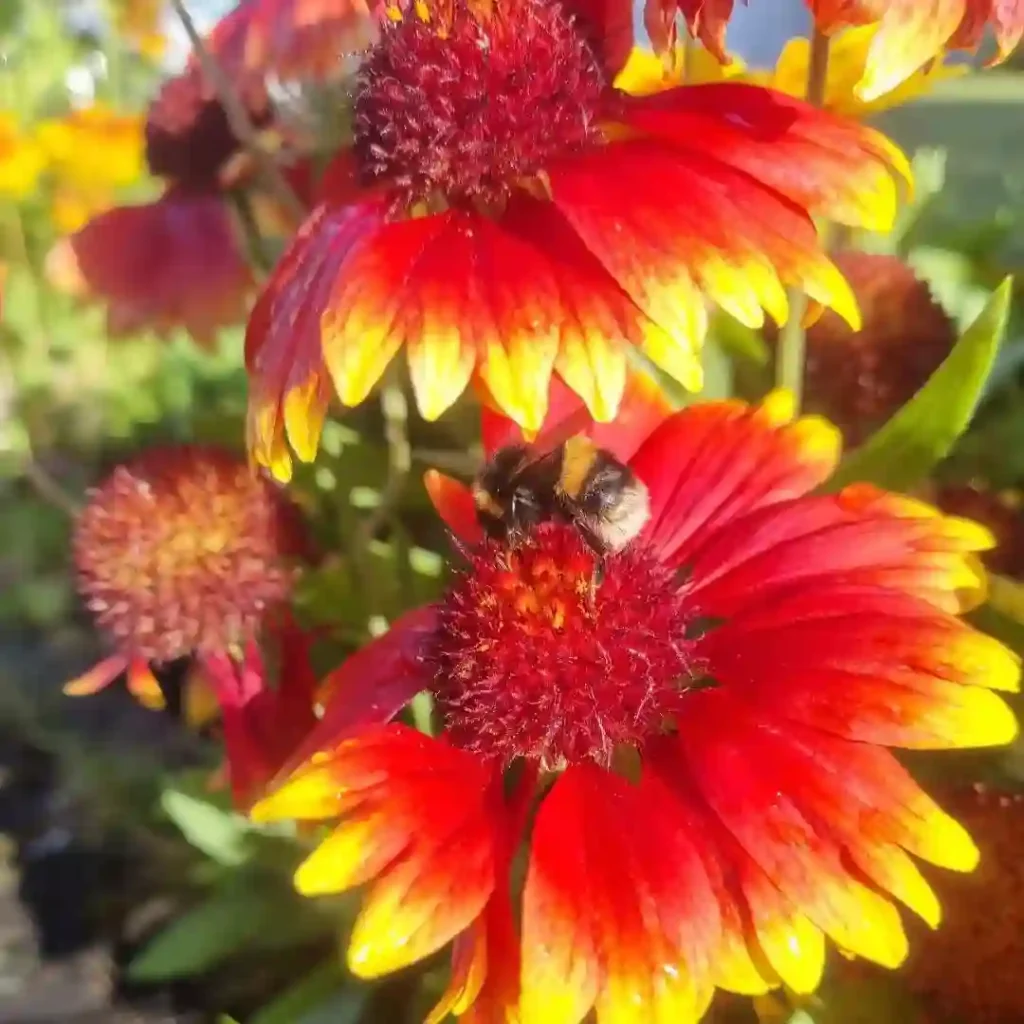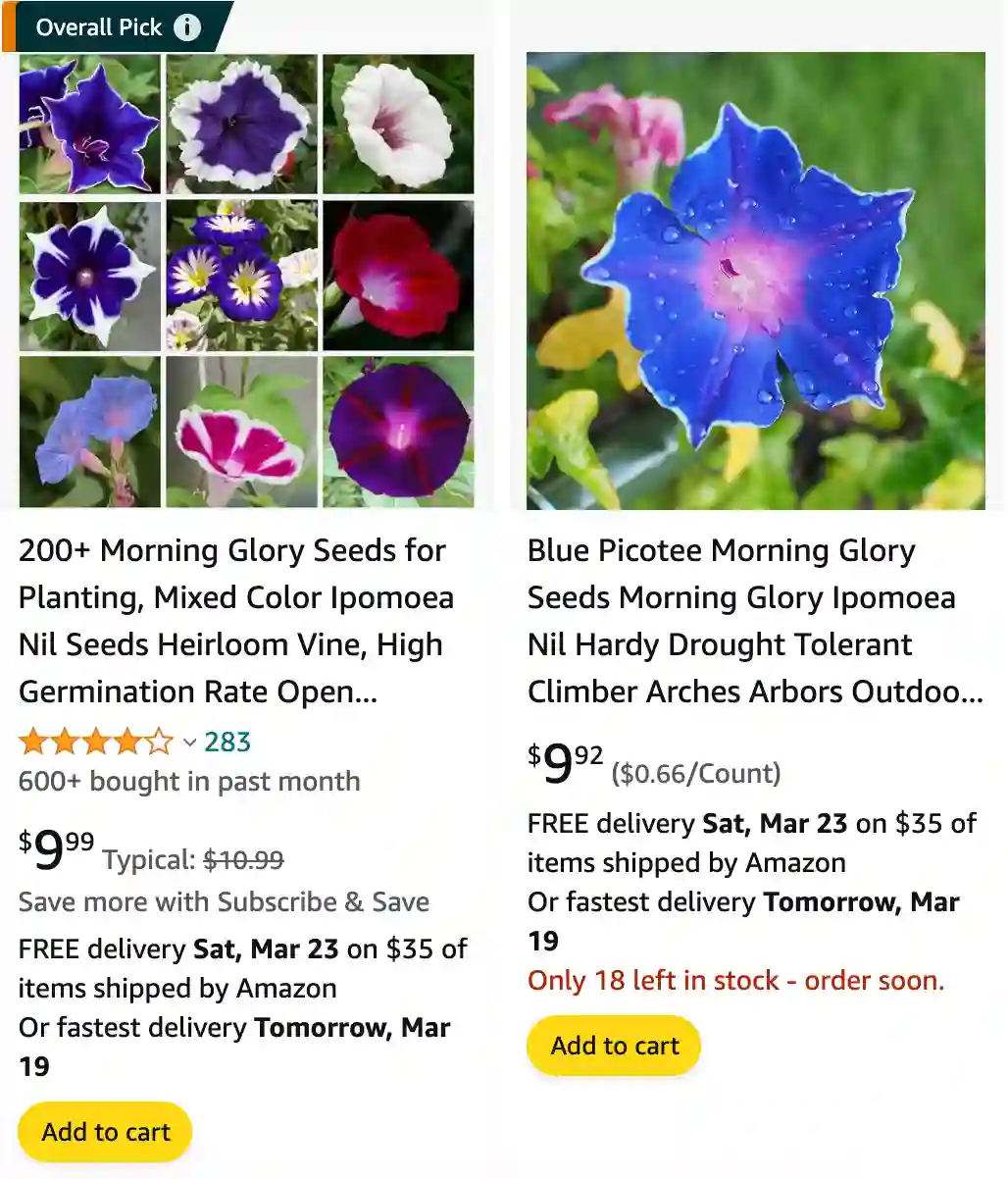
What is Ipomoea nil?
Hi everyone, Ferb Vu here! Today, I want to delve into the world of a captivating climber, the Ipomoea nil, also known as the common morning glory. This vibrant flowering vine has stolen my heart with its trumpet-shaped blooms and cascading growth habit. But beyond its beauty, there’s a surprising amount to learn about this plant. So, buckle up and let’s explore the wonderful world of Ipomoea nil!
637 Species in Genus Ipomoea
Ipomoea nil boasts a fascinating history. Originally hailing from the tropical Americas, it has journeyed far and wide, becoming naturalized in many parts of the world. This testament to its adaptability makes it a popular choice for gardeners like myself. It thrives in warm climates, unfurling its delicate vines and blooming gloriously throughout the summer.
How to Care for Ipomoea nil?
Growing Ipomoea nil is a rewarding experience. Here are some key tips to ensure your morning glory flourishes:
- Sunshine is key: Provide your Ipomoea nil with a minimum of 6-8 hours of direct sunlight daily. This will encourage abundant blooms and lush foliage growth.
- Sowing the seeds: You can sow seeds directly outdoors after the danger of frost has passed. Alternatively, start them indoors a few weeks before the last frost for an earlier start.
- Embrace the climb: Ipomoea nil is a natural climber. Provide a trellis, fence, or other support structure for the vines to twine around.
- Water wisely: Water your morning glory regularly, especially during hot and dry periods. Aim for consistent moisture in the soil, but avoid waterlogging.
- Feeding for blooms: While not essential, a balanced fertilizer applied occasionally throughout the growing season can promote even more blooms.
How to propagate Ipomoea nil?
The beauty of Ipomoea nil is something you’ll want to share! Luckily, propagating this plant is a breeze. Here are two methods you can try:
- Seed saving: Allow some flowers to develop seed pods. Once the pods dry and split open, collect the mature seeds for planting the following season.
- Stem cuttings: Take stem cuttings in early summer. Choose healthy, non-flowering stems and plant them in moist potting mix. With proper care, they should develop roots within a few weeks.
Ipomoea nil: A Companion in the Garden
Ipomoea nil can be a fantastic companion plant. Here are some ideas for creating a harmonious garden:
- Colorful combinations: Pair your morning glory with other vibrant flowering plants like cosmos, zinnia, or black-eyed Susan for a dazzling display.
- Beans benefit: Ipomoea nil can provide shade for nitrogen-fixing beans, creating a mutually beneficial relationship.
- Attracting pollinators: The vibrant blooms of Ipomoea nil are a magnet for pollinators like bees, butterflies, and hummingbirds, bringing life to your garden.
Does Ipomoea nil contain Ergonovine or Ergine?
Important Safety Note: While Ipomoea nil is a beautiful and versatile plant, it’s crucial to understand that some related morning glory species contain LSA, a psychoactive alkaloid. Ipomoea nil itself, however, does not contain significant amounts of ergonovine or ergine, which are also psychoactive compounds.
Always be cautious: If you’re unsure about a particular morning glory species, it’s best to err on the side of caution and avoid ingesting any part of the plant.
Beyond Beauty: The Uses of Ipomoea nil
Ipomoea nil has a range of uses beyond its ornamental value. In some cultures, it has been used traditionally for medicinal purposes, although scientific evidence to support these uses is limited. It’s important to consult with a healthcare professional before using any part of the plant medicinally.
The seeds of Ipomoea nil can also be used as a dye, creating a beautiful black or brown color.
Ipomoea nil: A Beacon of Beauty
Ipomoea nil, the common morning glory, has captured my attention with its stunning blooms and easy-going nature. With its vibrant colors, cascading vines, and ease of care, it’s a perfect addition to any garden. So, if you’re looking for a dazzling climber to add vertical interest and charm to your space, look no further than the Ipomoea nil! Just remember to admire its beauty from afar and avoid ingesting any part of the plant.
I hope this article has sparked your interest in this captivating climber. If you have any questions or experiences with Ipomoea nil, feel free to share them in the comments below! Happy gardening!
If i die, water my plants!
